A shadow moves slightly as the trico imitation rides the currents towards its holding place. The trout lies suspended in a pillow of water that’s eddying in front of a mid-stream boulder, watching for food in the faster flow on either side, ready to eat. It starts to rise as the fly approaches the soft spot but at the last second the leader tightens and pulls the tiny mayfly a fraction of an inch off-line, perpendicular to the flow. Startled by the unnatural movement, the fish spooks, turns into the faster water and is gone.
As the first fingers of dawn reach into the morning sky, I slip quietly into the river, cross the riffles, and settle onto a large, mid-stream rock. I sit silently, my fly rod across my lap, and watch the sun emerge from behind the trees, the fish begin to rise, and the first daylight moments of my 57th year arrive.
Fifty-seven is an awkward age, the geriatric version of early teens. Too young to be in the golden years. Too old to be in the prime of life. At fifty-seven, most men are at the peak of their professional careers, wringing the life out of their final working years while it's wringing the life out of them. The mid-life crisis has been avoided, endured, or embraced, the wounds have been licked, and a semblance of stability has been achieved — a stability that could, without care, decay into stagnation.
Having the good fortune to have retired early, I have the time, but neither the interest nor the energy, to tackle the big issues of the day. I’ve tilted my share of windmills, toppling a precious few, but am coming to the point where I simply accept things as they are and I wonder if that makes me a smaller man.
With these thoughts, I slip from the rock into the stream, strip several lengths of line from my reel, and begin to cast, sending my fly off to ride the moving water.
The ultimate challenge in fly fishing is the mastery of the dead drift — the presentation of a fly on moving water in such a manner that it appears to be natural and unconnected to line. The ruse is necessary for those most wary of trout to which the minutest of unnatural movement is a signal to flee.
Most streams consist of a variety of currents, created as their water moves around objects, through deep and shallow areas, and over streambeds of varying composition. As a fisherman lays line across these varying flows, portions of it often move faster, or slower, or even in different directions, than the fly at the terminus. The challenge of the dead drift is to read the water, analyzing the currents, and mend the line, placing slack in appropriate places so that, as the currents pull inconsistently, the drift of the fly at the end of it all is unaffected.
It takes forethought, patience, and skill to attain what appears to be natural.
As the trout flashes downstream, I sigh and raise my rod, lifting the line from the water and prepare for another cast, another fish. I know that the next one will require a better, a more natural drift, as will the remainder of my life.
I’ve navigated the turbulence of my “productive years” and, while the waters around me still pass in a dizzying array of paces and directions, my goal is to cast into my remaining days and present myself — with forethought, patience and skill — such that I move naturally, effortlessly, in harmony with the flow of time, and life, around me.
I must master the dead drift.





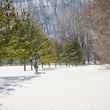


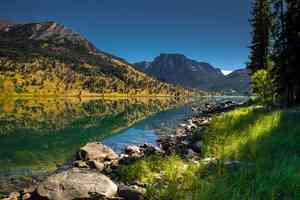


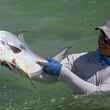









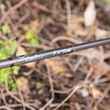



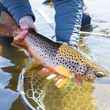
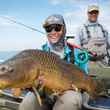

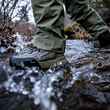

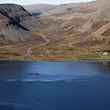
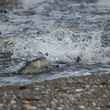
Comments
Chase K Wendel replied on Permalink
Wonderfully written, Thank you
Dennis Merino replied on Permalink
Enjoy every minute that time has given you. At 77 I relate to a lot of what you have written. I've gone every year, for 35 years, with my eldest son to Montana to fly fish the fable waters. Now due to a muscle disease I can no longer fly fish. It hurts big time, but all the memories keep me fed and thankful. I'm still looking for the perfect float.
Pages